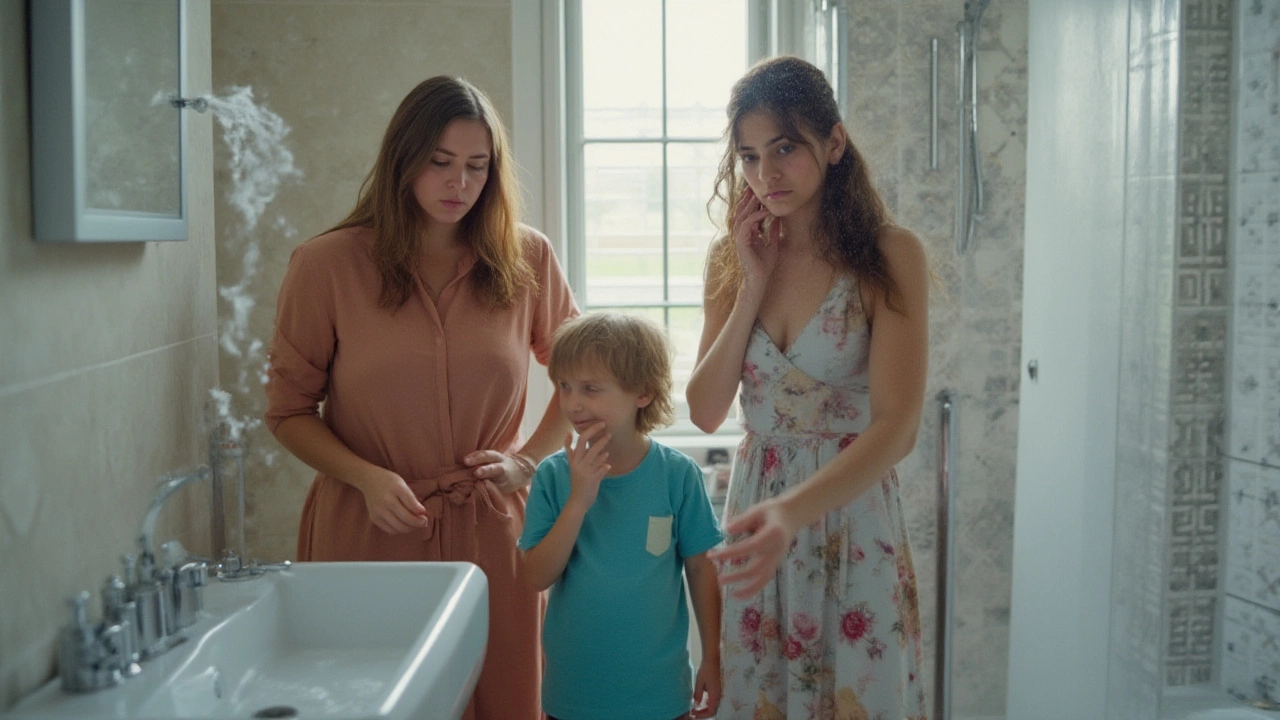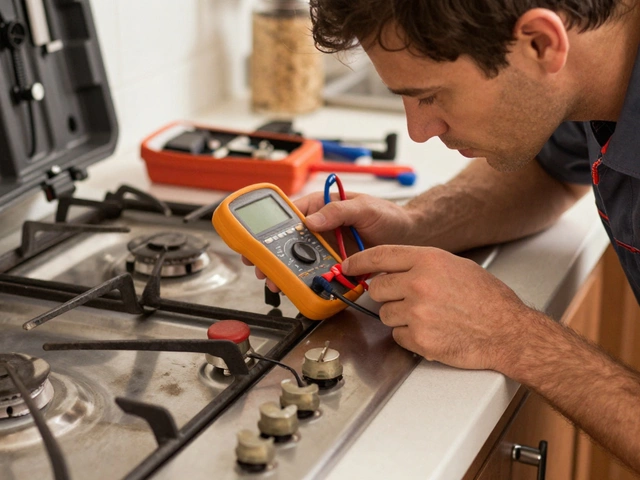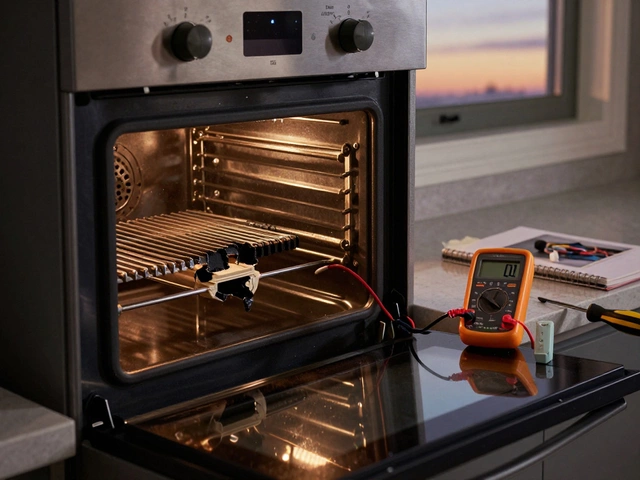Plumbing Repair: Essential Tips & Solutions for Every Home
When dealing with plumbing repair, the process of fixing leaks, clogs, and faulty fixtures in a building's water system. Also known as pipe maintenance, it keeps your water flowing, your bathroom safe, and your bills down. Plumbing repair isn’t just about tightening a nut; it encompasses diagnosing pressure loss, replacing worn-out parts, and ensuring code‑compliant installations.
One of the biggest players in any boiler, a closed‑system heating appliance that heats water for radiators and taps is its impact on hot‑water availability. When a boiler fails, hot water vanishes, and the whole house feels the chill. Understanding how a boiler works is a core skill for any plumber because plumbing repair requires knowledge of boiler systems. A faulty pressure valve or a broken heat exchanger directly translates to a cold shower, prompting a quick call to a professional.
Another cornerstone is the water heater, the device that stores and warms water for domestic use. Whether it’s electric or gas‑powered, the heater’s thermostat, heating element, or burner can cause a sudden loss of hot water. The relationship here is clear: water heater performance influences hot‑water problems, and a malfunction often shows up as a sudden temperature dip or strange noises. Spotting these signs early can save a costly replacement.
Key Components That Tie Everything Together
Even if the boiler and water heater are in top shape, the mixing valve, a device that blends hot and cold water to a safe temperature can ruin your shower experience. A stuck valve may send scalding water or only lukewarm streams, forcing you to tweak taps endlessly. This shows that plumbing repair also involves valve adjustments, not just pipe work. Knowing how to test and replace a mixing valve is a handy skill for any DIY enthusiast.
Leaks are the most common call‑outs for plumbers. A dripping pipe can waste gallons of water and raise your bill. The culprit is often a worn seal or corrosion‑eaten joint. Because plumbing repair includes fixing leaks, technicians use pipe cutters, soldering torches, and flexible repair clamps to seal the breach. Early detection—like checking for damp patches on walls—prevents mold growth and structural damage.
Clogs are another everyday headache. Whether it’s a kitchen sink, bathroom drain, or toilet, blockage diagnosis involves understanding the flow dynamics of water through the system. A simple plunger works for minor stoppages, but stubborn clogs require a drain snake or hydro‑jetting. These tools illustrate that plumbing repair demands the right equipment to clear obstructions without harming pipe integrity.
Pressure fluctuations can wreak havoc on both appliances and fixtures. Low pressure may signal a leak upstream, while high pressure can burst pipes. Using a pressure gauge, plumbers can verify that the system stays within the recommended 40‑80 psi range. This check ties back to the boiler, as many modern boilers have built‑in pressure sensors that trigger safety shut‑offs.
In many homes, the hot‑water cylinder sits beside the boiler, sharing the same supply line. If the cylinder’s anode rod corrodes, the tank can start leaking from the bottom. Replacing the anode rod is a preventative step that extends the lifespan of both the water heater and the overall plumbing network. This demonstrates that plumbing repair often overlaps with routine maintenance, not just emergency fixes.
When you hear strange knocking sounds from the walls, it could be water hammer—a rapid stoppage of water flow that creates a shockwave. Installing air chambers or water hammer arrestors can quiet the noise and protect pipe joints. This issue shows how plumbing repair intersects with acoustic comfort, highlighting the hidden ways water movement affects home livability.
Seasonal considerations also matter. In winter, frozen pipes become a real threat, especially in unheated basements. Insulating exposed pipes and allowing a trickle of water to flow can prevent freezing. Conversely, in summer, high humidity can cause condensate buildup on air‑conditioning units, requiring proper drainage. Both scenarios emphasize that plumbing repair adapts to climate conditions, demanding proactive measures.
Lastly, the regulatory side can’t be ignored. In the UK, Gas Safe certification is a must for anyone working on gas‑fired boilers or water heaters. Electrical safety also applies when dealing with electric heaters. Knowing the legal requirements ensures that every repair meets building codes, protecting both the homeowner and the professional.
All these pieces—boilers, water heaters, mixing valves, pipes, and safety standards—form a web of interdependent systems. Understanding how they fit together helps you spot problems faster and decide when to call a pro. Below you’ll find a curated set of articles that dive deeper into each of these topics, offering step‑by‑step guides, cost breakdowns, and expert tips to keep your home running smoothly.


